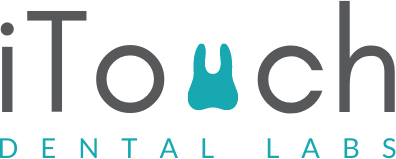Dental practices globally comprise approximately 45% of crown and bridge work. 65% of the dentists prefer to have 2 or 3 dental laboratories at a time. Out of these, 35% change their dental laboratories within 1 or 2 years because of poor service and inconsistent results over time.
So, how do you choose a dental laboratory that meets your demand and your patient’s desires?
You will have to keep in mind five critical things while choosing your dental laboratory.
1. How well does your laboratory communicate?
You have to believe in the concept of “garbage in, garbage out.” The laboratory managers should be willing to make uncomfortable phone calls to dentists, politely asking for another impression of for information used to facilitate the fabrication of the desired dental prosthesis.
2. How do you ensure the quality of your laboratory?
The best way would be to visit the laboratory in person and see the technicians in action. Some of the pointers that you should look at include:
- Do the laboratory’s appearance and cleanliness compliment your style and type of practice?
- Would you feel comfortable sending your patients to the laboratory for custom shade or dental impressions?
- What is the feel of the working area? Is it friendly, relaxed, and professional?
- Do they have the different types of restoration production capabilities that you require?
- Understand their plans on adding restoration selections to their facility?
- Randomly choose a dozen cases at various stages of completion and evaluate them.
These pointers would help you observe the quality of work and the quality of impressions, materials, and detailing.
3. Ask your laboratory to define their ideal client
Get the laboratory owner or manager to talk about this in a free-wheeling manner. Observe information related to practice style, type of work, emotions, and personality traits of their ideal clientele.
4. Ask for references
I am not talking about the customer references alone, but precise questions like:
- How do they handle high-volume requirements?
- What percentage of their work is remade?
- What are their customer churn ratios, and how much work do they get through word-of-mouth
- Understand three complicated restorations, implants, and digital dentures that the lab has implemented
5. Continuing education process
How do your lab handle hiring, training, and quality control? Do they have a plan in place to upgrade their technicians regularly? How do they improve work quality, reduce remakes, and increase profits?
Summary
I am sure about 99% of the dental practitioners wouldn’t have done any of these. That puts you in the top one percentile of the practitioners, and you are likely to have happier patients. After all, the easiest way to put smiles on your patients’ faces is through effective and efficient restoration and implants of their teeth.
The best way to do that is by ensuring partnership with a laboratory that can offer quality with consistency.
